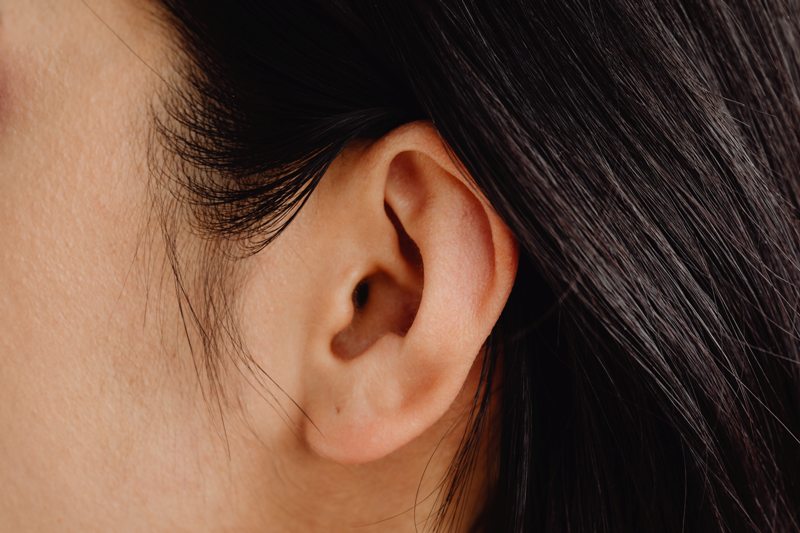While kids are more prone to get ear infections in their childhood, adults are “safer” when it comes to ear infections, but this doesn’t mean that when you’re adult you won’t get one.
Ear infections are usually connected with the middle ear, however you may also hear other types of infections such as outer ear infection also called otitis externa or swimmer’s ear.
What Are the Risk Factors for Middle Ear Infections?
While Eustachian tube dysfunction is more common in children, poor tubal function may endure into adulthood and it causes middle ear infection in adults. When the Eustachian tube catches bacteria and they’re trapped inside, they spread and cause the infection.
These common disorders could cause adults to have Eustachian ear dysfunction :
- Seasonal allergic rhinitis
- Upper respiratory tract infections
- Mucosal disease of the ear, nose, throat
- Enlarged structures in the ears, nose or throat
- Head or face (craniofacial) disorders that cause palatal muscle weakness
- Weakened immune system
All these increase the risk of having ear infections, because of the effects that the risk factor has on your Eustachian tube.
What Are the Symptoms of Adult Ear Infections?
Other symptoms that are non-specific to the ear but also cause ear infections include:
- Fever
- A feeling of fullness or pressure in the ear
- Balance problems
- Headache
- Cough
- Rhinitis
What If My Ear Infections Are Persistent?
If you’re diagnosed with persistent middle ear infection your doctor will prescribe you a different antibiotic or will make you get a CT scan or MRI to identify the causes that may be provoking the Eustachian tube function. There are other methods that you can try to help and prevent future infections and this includes:
- Avoid cigarette smoke
- Take a decongestant when you have a cold or before you get in an airplane
- Avoid cleaning your ear wax using q-tips or other objects
Complications From an Untreated Ear Infection
Like many infections, not receiving treatment can cause complications. A common complication that may occur, even with initial treatment, is a ruptured ear drum. Other complications may include :
- Mastoiditis
- Cholesteatoma
- Facial paralysis
- Labyrinthitis
- Hearing loss
- Petrositis
Otitis Externa (Swimmer’s Ear) in Adults
Outer ear infections also known as “the swimmer’s ear” are commonly seen in swimmers. This infection is caused by contaminated water that enters the outer ear, allowing bacteria to grow and spread due to ear’s warm and moist conditions. Here are the symptoms of swimmer’s ear:
- Redness or itchiness inside the ear
- Flaking of the ear skin
- Drainage from the ear, which may be pus
- Pain when moving head or touching the ear
- Fever
Swimmer’s ear is easy to diagnose and are usually threatened with antibiotic ear drops. Sometimes pus and debris will need to be cleaned out by a doctor. You can prevent swimmer’s ear by:
- Using ear plugs before swimming or bathing
- Gently drying your ears with a blow dryer on the lowest setting after swimming or bathing
- Not inserting objects in the ears
- Not swimming in polluted water

